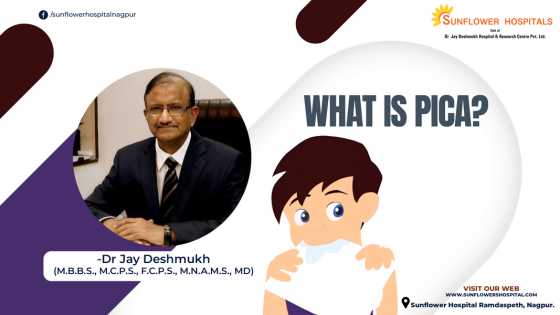Where has the word pica originated from?
Pica gets its name from a bird species. The Eurasian Magpie or the formal Latin name for this bird is Pica. The bird has a reputation for eating unusual objects.
Is Pica dangerous?
Pica is a mental health condition where a person swallows non-food items. It is common in children and in pregnancy. Though most of the time it is harmless, swallowing certain items can make Pica dangerous. Fortunately, it can be treated with therapy and modification to lifestyle and circumstances.
Who does Pica affect?
It can happen at any age. It can happen to any person. Young children, especially those under 6 years old, pregnant, and individuals with certain mental conditions, especially autism spectrum disorder, intellectual disabilities or schizophrenia are more susceptible.
What are the common non-food items eaten?
People with Pica often eat 4 ash, baby or talcum powder, chalk, charcoal, clay, dirt, or soil. Coffee grounds, eggshells, faces of any kind, hair, string or thread, ice, laundry starch, paint chips, paper, and pebbles. Soap, cloth and pet food are other items.
What causes Pica?
Certain medical conditions like pregnancy and sickle cell anaemia have connections with Pica. Certain mental health conditions that are often genetic can cause Pica. Some individuals may have iron, calcium, and zinc deficiencies and may have symptoms of Pica. Certain negative conditions during childhood, poverty, or it may be attention-seeking behaviour when one or both parents are absent. Pica may be an outlet for coping with stress and anxiety.
What is the treatment for Pica?
Look for children who stay away from their parents and feel insecure and anxious. Pica is common in pregnancy. Please correct deficiencies of iron, zinc, and calcium. Provide them with other nutritional supplements. Look for anxiety and insecurities in children and treat these appropriately. Treatment from a psychiatrist may be required in certain cases.
What tests are done to diagnose Pica?
Blood, urine and stool tests may be necessary to look for signs of infections, poisoning and. Electrolyte imbalances. Certain imaging tests like X-rays, ultrasound, CT scans and MRI may be required. Endoscopy may be required in certain cases.
When to visit an Emergency medical care facility?
If there is evidence of small or large intestine blockage, irregular heart rhythms, change in Sodium or potassium values, lead poisoning or other signs of toxic effects or roundworm infection. Most of the time individuals recover from these emergencies.
What are the risks involved in Pica?
The main risk is when people eat sharp items, those that can block the digestive tract and those that can cause infections. Certain items can be toxic to the body. Craving for ice known as pagophagia, is often associated with iron deficiency and anaemia. Many individuals have undergone surgery to relieve bowel obstruction, perforation, and ulcers.

